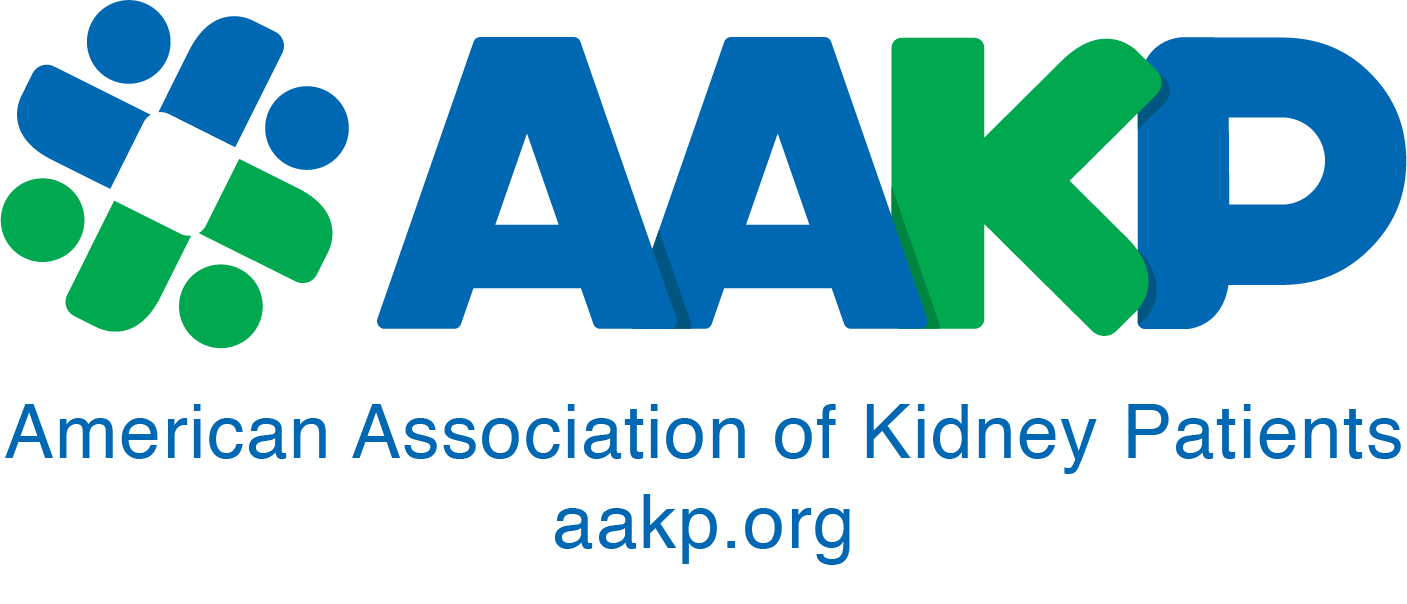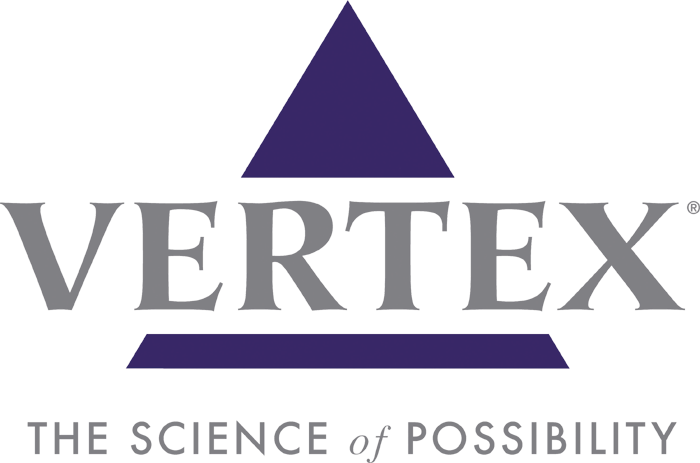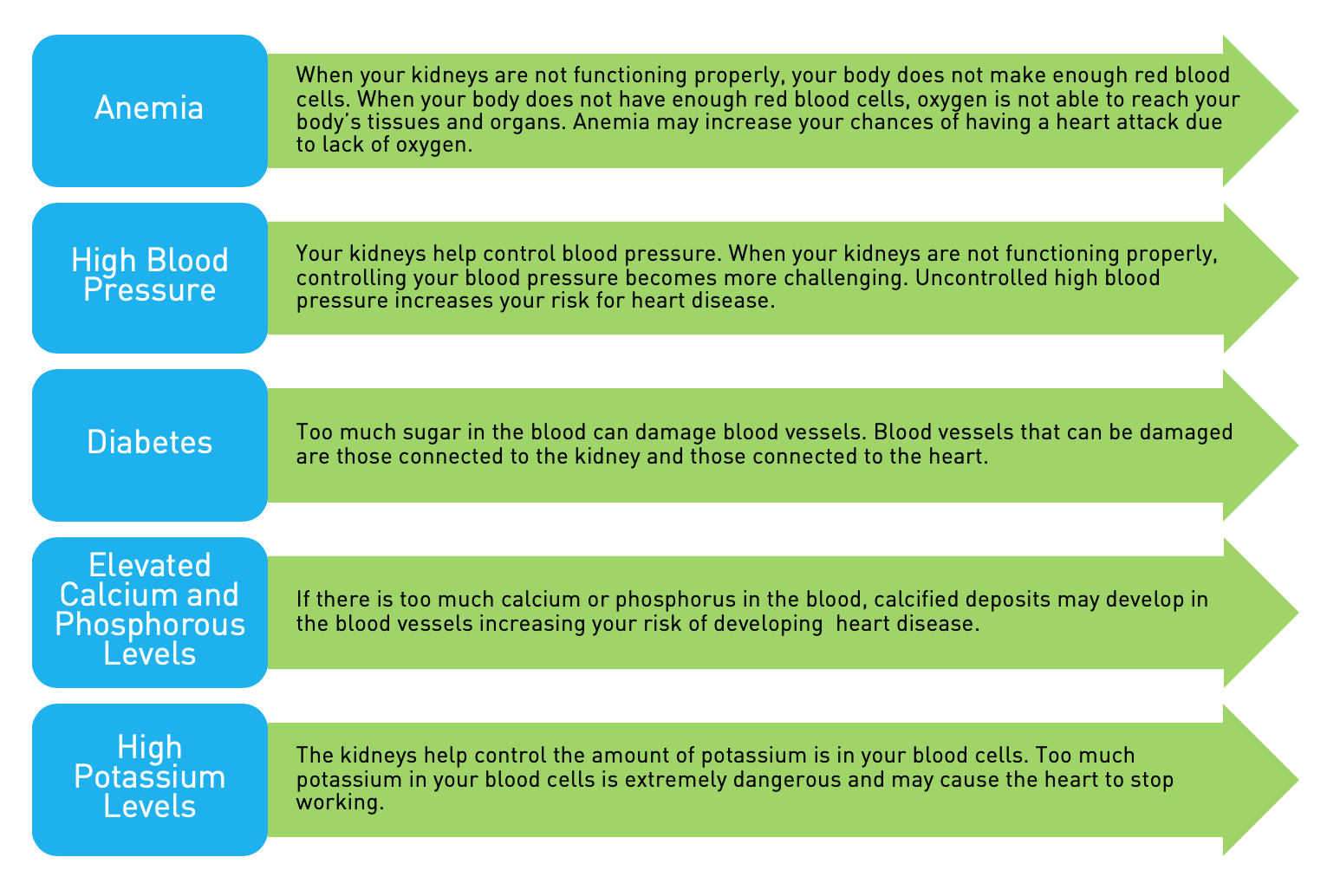You may have heard horror stories from friends or loved ones describing the foods that you will have to eliminate from your diet when you begin home hemodialysis. Breathe a sigh of relief, the home dialysis diet is sometimes less restrictive than the renal diet many follow when on a traditional in-center dialysis schedule. There are several types of home dialysis and your specific nutrition needs may differ depending on the type of treatment you choose.
Types of Home Dialysis:
Conventional home hemodialysis
Performed three times per week, usually for 3 to 4 hours per treatment.
Daily home hemodialysis
Performed five to six times per week, usually for 2-3 hours per treatment.
Nocturnal home hemodialysis
Performed while sleeping, usually for 6-8 hour treatments, 3 or more days per week.
Continuous ambulatory peritoneal dialysis
A form of peritoneal dialysis usually performed 4-5 times per day, without a machine.
Continuous cycling peritoneal dialysis
A form of peritoneal dialysis usually performed at night using a cycler.
Your nutrition needs will also depend on the type of dialysis treatment you choose, your blood test results, and any other medical conditions that you may have, such as diabetes or heart disease. Some types of home hemodialysis regimens, such as nocturnal home hemodialysis will allow individuals to have a near-normal diet, whereas other regimens, like conventional home hemodialysis, will be much more restrictive.
Why are some individuals on nocturnal or daily home hemodialysis able to eat a less restrictive diet? Nocturnal and daily home hemodialysis involves more frequent treatments when compared with the traditional in-center dialysis schedule. This allows the kidneys to function more like healthy kidneys would, removing fluids and toxins much more frequently.
So, what exactly is the ideal diet for someone on home hemodialysis? That’s a tricky question because everyone on dialysis is unique and nutritional needs vary from person to person. However, there are common elements to consider when planning a well balanced menu to meet the needs for individuals on all types of home hemodialysis. Let’s take a look at the four main points to consider when planning your meals each week: calories, protein, sodium and fluid.
Getting the right amount of calories is important when you are on dialysis. More importantly, having proper nutrition and staying at an ideal weight keeps you healthy and feeling your best. Many people on home hemodialysis have a better appetite and eat more. This makes it much easier to meet calorie needs each day. For people on peritoneal dialysis, weight gain can be a problem over time, due to the dextrose (a type of sugar) found in the dialysis solution. Your dietitian can work with you to develop a meal plan that helps you to prevent unwanted weight gain.
Eating foods that contain protein are very important for individuals on all types of home dialysis. When undergoing dialysis, you can lose up to 1– 2 ounces of protein through your treatment which means that your protein requirements are increased. Protein requirements will vary depending on your individual characteristics, but a general guideline to follow is 7–10 ounces of protein per day. Your dietitian can work with you to determine your exact protein needs.
Good sources of protein include: lean beef, chicken, turkey, pork, fish, shellfish, eggs or egg substitute, and tofu.
Sodium is also something to pay attention to when planning your meals.
Salt contains sodium, which is a mineral that helps to control the level of fluids in your body. When you eat too much salt, the body holds on to more water and can cause swelling in your hands and feet. This extra fluid gain also leads to increased weight gain and longer dialysis time.
The right amount of sodium depends on your degree of kidney function, the amount of urine you make, and the type of dialysis treatment you do. If you are on peritoneal dialysis, you will need from 3000–4000 milligrams of sodium per day. On the other hand, when you are on daily or nocturnal home hemodialysis, your sodium needs will range from 2000–3000 milligrams per day.
Eating freshly prepared meals is the best way to lower the amount of sodium that you take in. And of course, it is best not to add any extra salt to your meals and to read the nutrition facts panel to check on the amount of sodium in your food. Some higher sodium foods to be wary of include: processed meats, canned soups, dried soup mixes, bottled sauces, pickles, cheese, frozen meals, vegetable juice and ketchup.
Fluid control is important when you are undergoing home hemodialysis. The amount of fluid removed depends on your dialysis schedule. If you are on conventional home hemodialysis or peritoneal dialysis, your dialysis treatments will remove some fluid but you may still be on fluid restriction. If you are on nocturnal or daily home hemodialysis, you most likely will not need to limit your fluid. If you do require a fluid restriction, following the guidelines set by your healthcare team will help you to maintain a normal blood pressure and fluid balance in your body.
Potassium and phosphorus are nutrients that you may be instructed to monitor when on home dialysis. When potassium and phosphorus levels are too high, serious heart irregularities and bone loss can occur. Depending on the type of home dialysis treatment that you choose, you may have to monitor these nutrients. Often times on nocturnal and daily home hemodialysis, you will not have to restrict foods with phosphorus and potassium in your diet. However, people on conventional home hemodialysis and peritoneal dialysis will usually have to restrict the amount of phosphorus and potassium in their diet.
Finding food choices that meet your specific needs can seem like a challenging task. Are you still not sure what to prepare? Here are a few sample
menus to help with meal planning.
Sample Menu Plan for Individuals with potassium, phosphorus and fluid restriction
Breakfast:
Breakfast Sandwich
Scrambled egg whites with a thin slice (2-oz)
Canadian bacon on an English muffin
Grape Juice 4-oz
Lunch:
Salmon Salad
1 cup romaine lettuce tossed with 1/8 cup raw
broccoli and 1 tablespoon slivered almonds.
Top with 3-oz of cooked salmon and reduced fat
peppercorn dressing
White roll with trans-free margarine
Diet Sprite® 4-oz
Dinner:
Grilled Chicken & Summer Squash Rotini
3-oz cooked skinless chicken with
1/2 cup squash, 1/2 cup of cabbage served on top
of 1 cup of cooked pasta tossed with 2 tablespoons
of olive oil and 1/2 cup reduced-sodium chicken
broth
Cherries 1/2 cup
Crystal Lite® 4-oz
Snacks:
Low-sodium Ritz® crackers with reduced-fat
cream cheese
Orange sherbet with Cool Whip®
Sample Menu Plan for Individuals without potassium, phosphorus or fluid restriction
Breakfast:
French toast with trans-free margarine and reducedcalorie
pancake syrup with blueberries
Skim Milk 8-oz
Lunch:
Beef Barbecue Sandwich
Shredded Lean Beef (3-oz) with low-sodium
barbecue sauce and a slice of cheddar cheese on a
whole wheat Kaiser roll
Cucumber and tomato salad with Balsamic
Vinaigrette dressing
Small portion of Baked Lays® potato chips
Diet Sprite® 8-oz
Dinner:
Chicken Burrito
3-oz cooked skinless chicken with small slice of
avocado, 1/2 cup low-fat cheese, 1/2 cup chopped
tomatoes, shredded lettuce wrapped in a flour
tortilla
Steamed carrots and cauliflower with olive oil and
Mrs. Dash®.
Crystal Lite® 8-oz
Snacks:
Medium bagel with reduced-fat cream cheese
Vanilla frozen yogurt with 1/2 cup chopped banana,
lightly topped peanuts AH
Amy Moran, RD, LDN, is the clinical nutrition specialist and writer for Nutrimaps.com, a Web site that
provides all the tools necessary for successful diet management— providing a place to keep a detailed
record of your diet, exercise, medical results, and chat with an online community for support.
This article originally appeared in the March 2008 issue of At Home with AAKP.
























